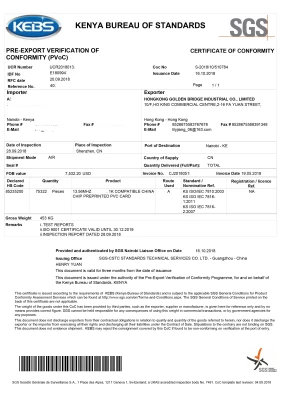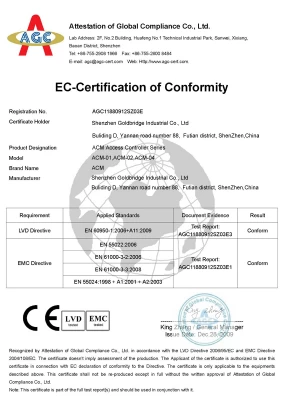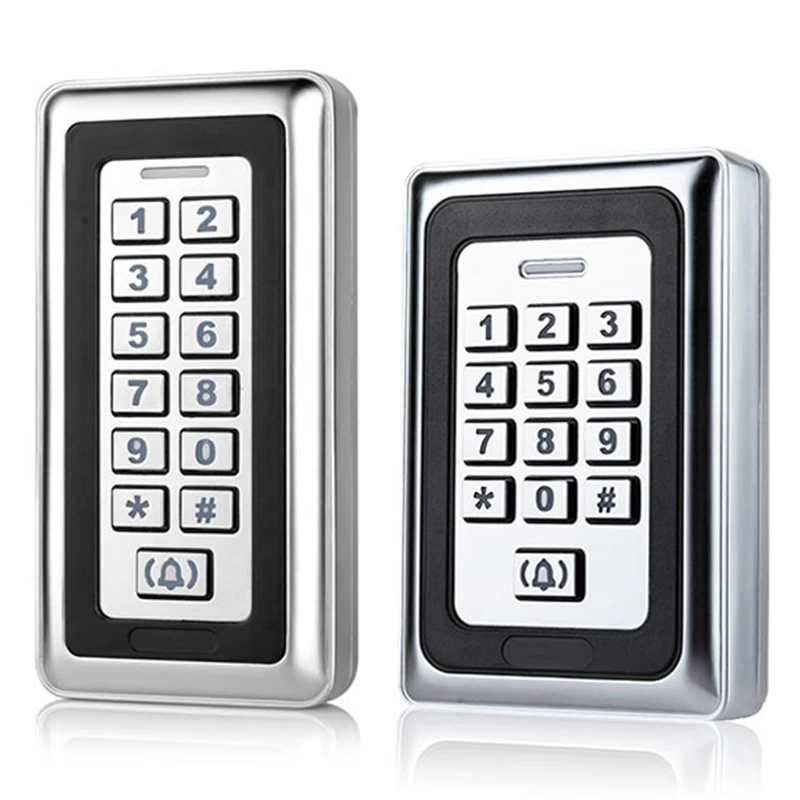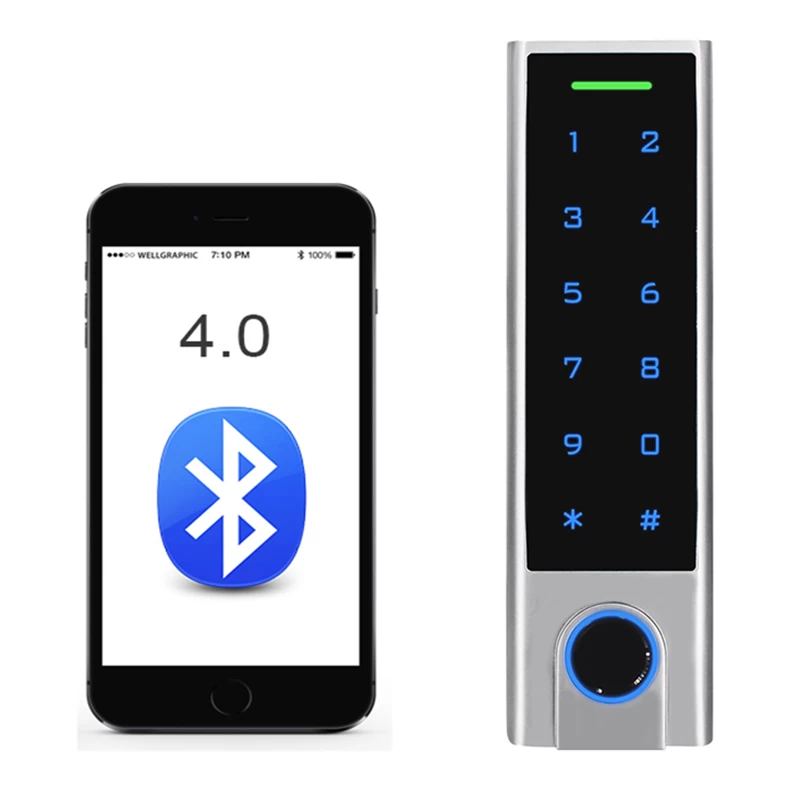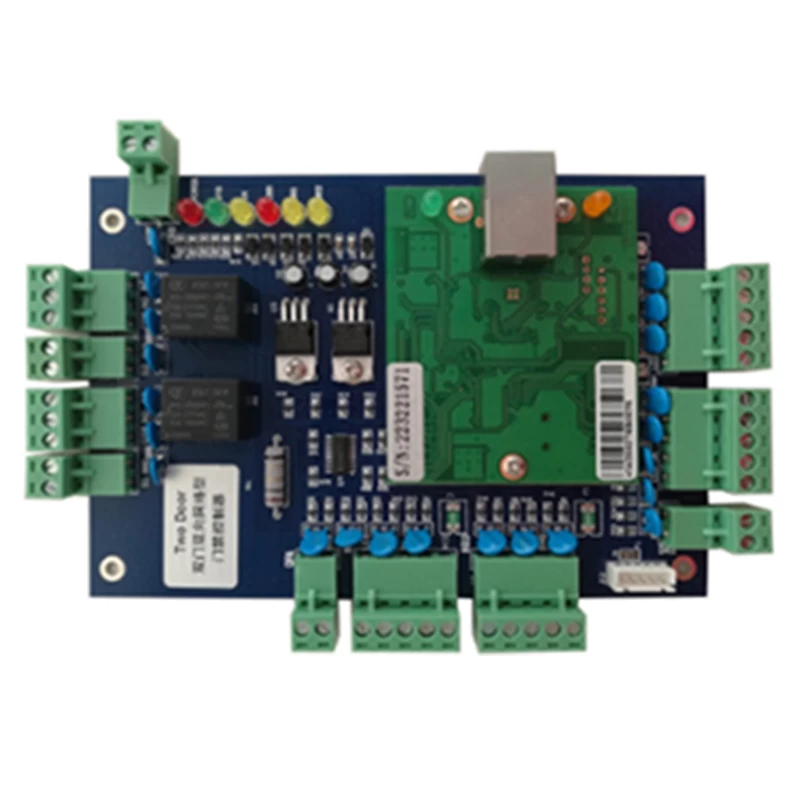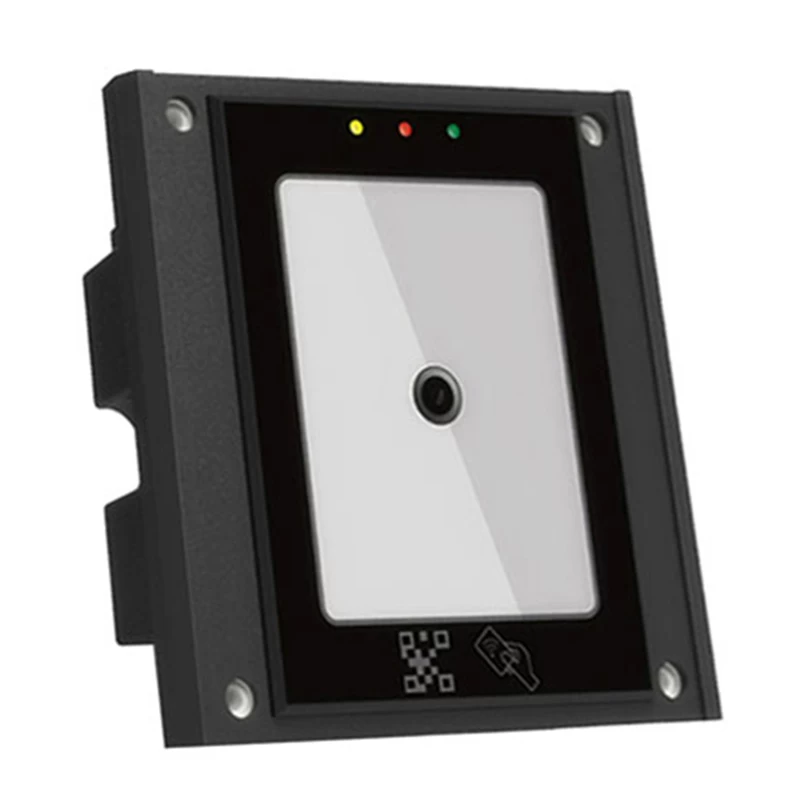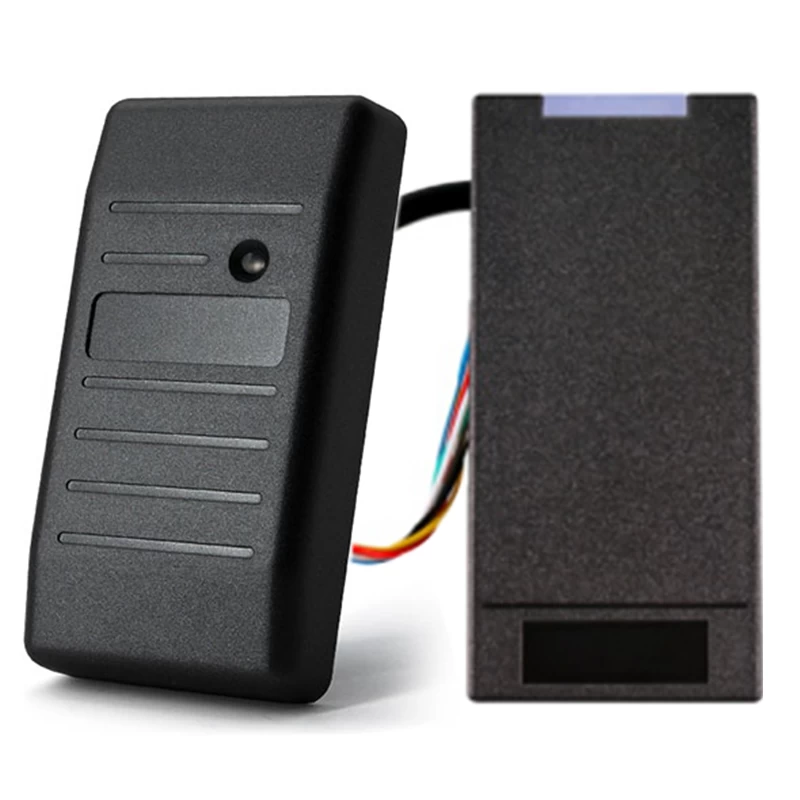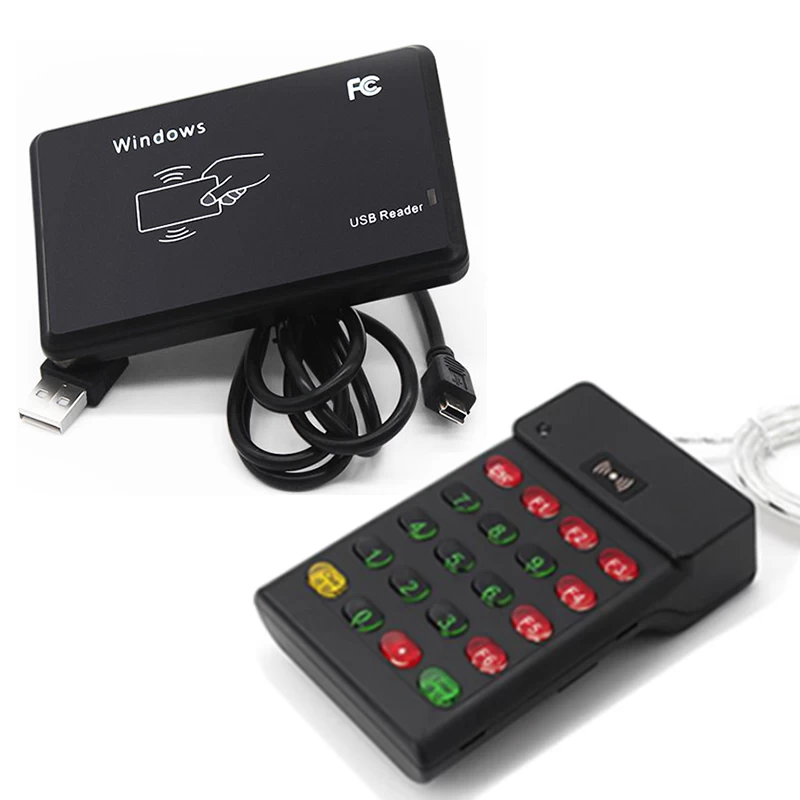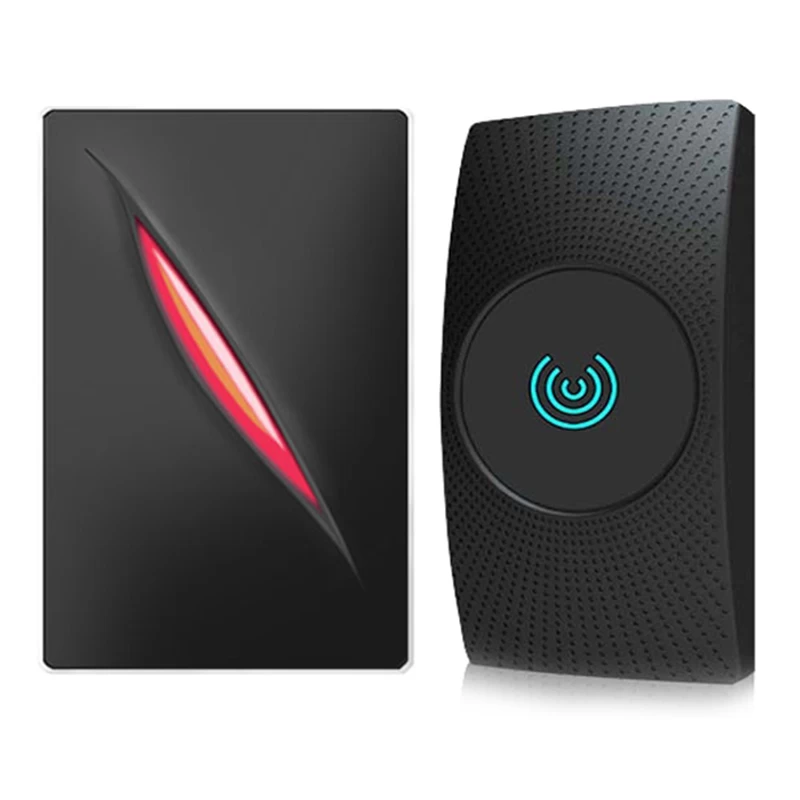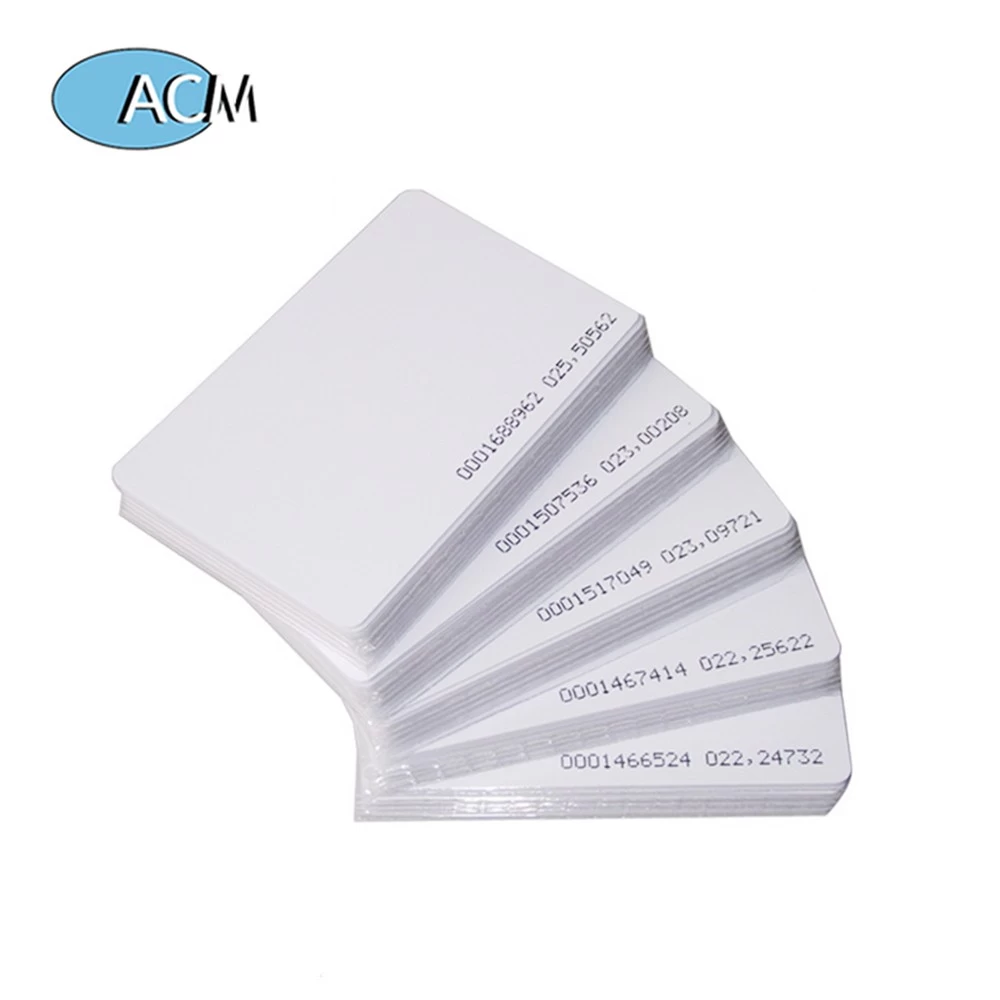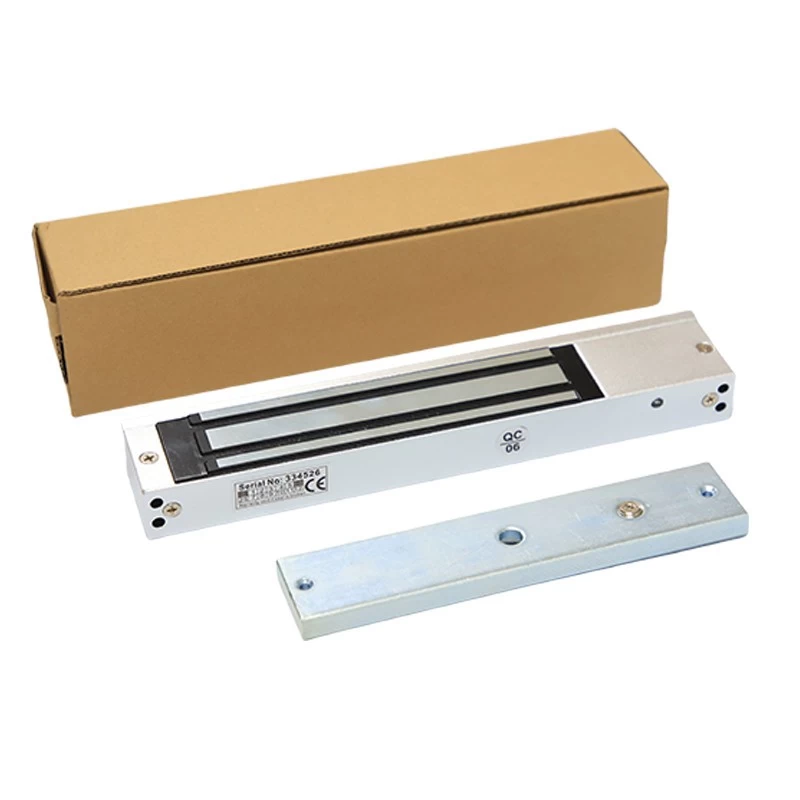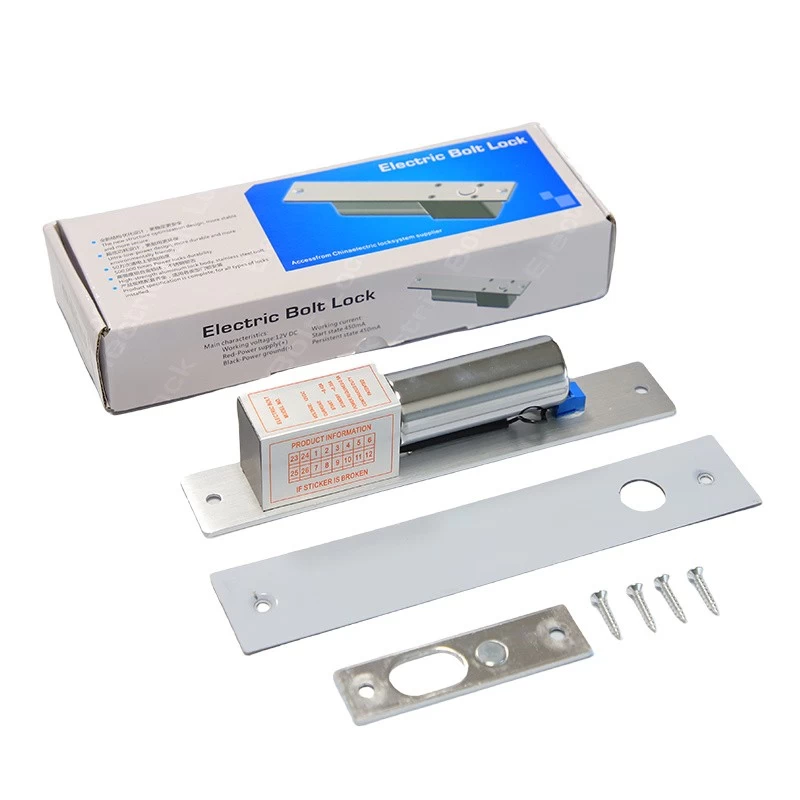Understanding RFID Antennas: The Key to Efficient Wireless Identification

Radio Frequency Identification (RFID) technology has revolutionized industries by enabling seamless wireless tracking and data transmission. At the heart of every RFID system lies a critical component—the RFID antenna. But what exactly is an RFID antenna, and how does it function?
What Is an RFID Antenna?
An RFID antenna is a transducer that converts electrical signals into radio waves and vice versa, allowing communication between an RFID reader and RFID tags. These antennas are essential for transmitting power (in passive RFID systems) and exchanging data, making them indispensable in logistics, retail, healthcare, and smart manufacturing.
How Do RFID Antennas Work?
RFID systems operate at different frequencies—LF (125-134 kHz), HF (13.56 MHz), and UHF (860-960 MHz)—each requiring specific antenna designs. The antenna's efficiency depends on factors like:
-
Frequency range – Determines read range and penetration.
-
Polarization (Linear or Circular) – Affects signal reliability.
-
Size and shape – Influences coverage area and directionality.
Applications of RFID Antennas
From inventory management to contactless payments, RFID antennas power diverse applications:
✔ Supply Chain & Logistics – Real-time asset tracking.
✔ Retail – Automated checkout and anti-theft systems.
✔ Healthcare – Patient and equipment monitoring.
✔ Smart Cities – Toll collection and access control.
Future Trends
With advancements in IoT and 5G, RFID antennas are becoming more compact, energy-efficient, and capable of longer read ranges. Innovations like chipless RFID and flexible printed antennas promise even wider adoption.
Conclusion
RFID antennas are the unsung heroes behind wireless identification, driving efficiency across industries. As technology evolves, their role will only expand, paving the way for smarter, more connected systems.


